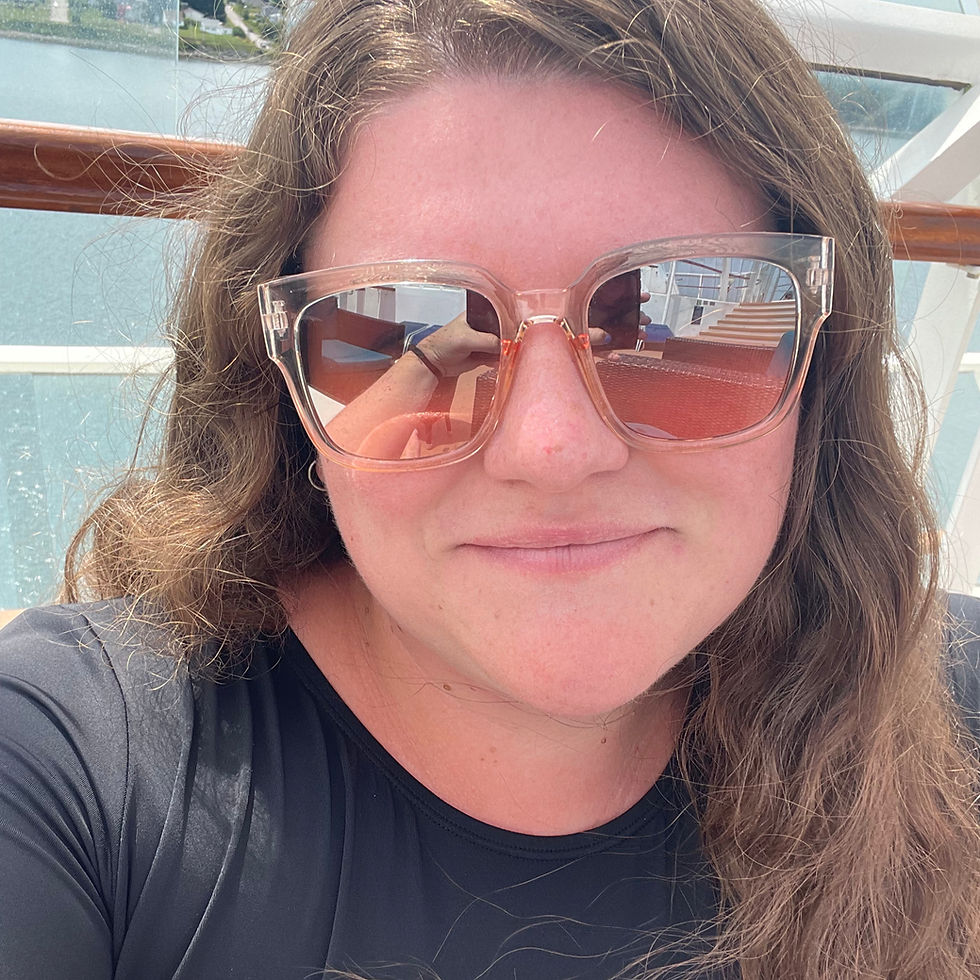Why Morocco, Why Now?
- Allyson Gilbert
- Aug 30
- 2 min read
Two years ago, I almost walked away from teaching.
Not because I didn’t love my students, but because I felt like there was nothing left of me to give. The burnout was so heavy it blurred the joy out of the work I had once felt called to do.
But life has a way of surprising us.
What began as a quiet, personal journey of recovery turned into something larger—a realization that sharing our stories, even the hard ones, creates space for others to breathe, too. Slowly, step by step, I found my way back into the classroom. And somewhere along the way, I rediscovered not just my passion for teaching, but also my curiosity for the world and how much there is still to learn.
Which brings me here.
This fall, I’ve packed one checked bag and one carry-on and moved to Rabat, Morocco as part of the Fulbright Distinguished Awards in Teaching Research Program. For the next five months, I’ll be exploring a question that’s close to my heart as a science educator:
How can we better empower female students in STEM—science, technology, engineering, and math—so that they see themselves not just as learners, but as leaders?
And Morocco is the perfect place to ask this question. In the past two decades, the country has made remarkable progress toward women’s rights and gender equality, passing reforms that many thought would take generations. From education to the workplace to family law, the pace of change has been both ambitious and inspiring. It’s proof that transformation doesn’t always have to be slow—that with vision and will, big steps forward can happen quickly.
Here in Rabat, I’ll be visiting classrooms, collaborating with local teachers, and listening to the stories of students who are navigating what it means to learn and dream within their own cultural context. My hope is to bring those lessons home and create professional development that gives U.S. teachers tangible tools to support girls in STEM.
But beyond the research, this blog is also about the human side of the journey. What does it feel like to walk through the medina for the first time? To stumble through Arabic greetings and slowly find rhythm in a new neighborhood? T
o sit in a Moroccan classroom and notice what feels familiar, and what feels entirely new?
That’s the story I want to tell here.
If burnout once convinced me I had nothing left to share, Morocco is reminding me that beginnings can rise from endings. And that sometimes, stepping into an unfamiliar place is exactly what we need to see ourselves—and our work—with fresh eyes.
So, welcome. I’m glad you’re here.
Here’s to the start of this new chapter.




Comments